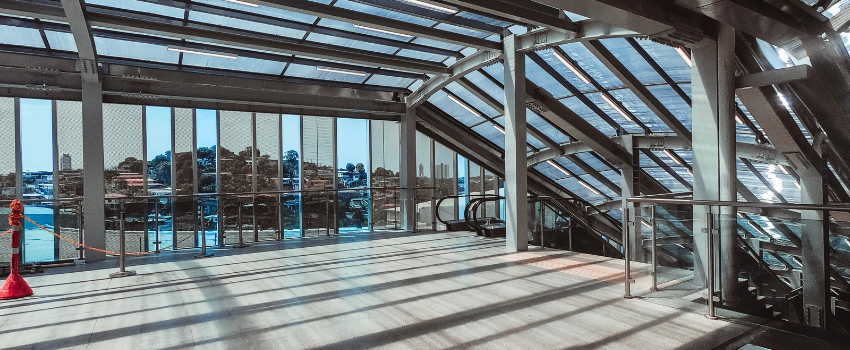Understanding Structural Design in Construction
Structural design is a critical aspect of the construction process, ensuring that buildings are not only functional but also safe, durable, and capable of withstanding the elements. By focusing on the integration of structural elements such as beams, columns, and foundations, structural engineers design buildings that can resist natural forces like wind, earthquakes, and heavy loads. With the growing emphasis on sustainable development, green building practices have become an essential part of modern structural design.
The role of structural design in construction extends beyond simply making buildings stand. It is about creating spaces that can support the intended loads, resist environmental stresses, and last for decades without compromising safety. Structural engineers work closely with architects to integrate aesthetic considerations with the practical requirements of the building's structure. In doing so, they ensure that buildings are not only safe but also efficient in their use of materials, energy, and space.

Designing Safe and Strong Buildings
The safety and strength of a building rely on its structural integrity. The structural design process includes detailed calculations and assessments to ensure that every component of the building, from the foundation to the roof, is capable of handling the anticipated loads. Engineers use advanced tools and techniques to analyze forces such as wind pressure, seismic activity, and live loads, ensuring that the building can stand the test of time.
"Structural design is the backbone of construction, ensuring that buildings not only stand but thrive under various conditions."
The foundation is one of the most crucial aspects of any structure. A well-designed foundation ensures stability and prevents issues such as settling or shifting, which can lead to major structural problems. By selecting the right materials and construction techniques, engineers create foundations that provide strong support while minimizing environmental impact.
- Ensuring structural stability under all conditions
- Efficient use of materials to reduce waste
- Integration of sustainable and green building practices
- Incorporating renewable energy solutions into the design
Incorporating Green Building Practices
Green building practices have become a priority in structural design, as sustainability is now a key consideration in the construction industry. Structural engineers incorporate environmentally friendly materials, energy-efficient designs, and sustainable construction methods to reduce the environmental footprint of buildings. By using renewable resources, minimizing waste, and promoting energy conservation, green building practices help reduce a building’s overall impact on the planet.

The use of eco-friendly materials, such as recycled steel and sustainable timber, is becoming increasingly popular in structural design. These materials not only reduce the demand for new resources but also promote the reuse and recycling of existing materials, contributing to a more sustainable built environment.
Structural engineers are now focusing on designing buildings that can adapt to changing environmental conditions. This includes incorporating passive design strategies such as natural ventilation, thermal insulation, and daylighting to reduce the need for artificial energy use. These practices not only make buildings more sustainable but also improve the comfort and well-being of occupants.
Ultimately, understanding structural design in construction is about recognizing the importance of creating safe, strong, and sustainable buildings that stand the test of time. By incorporating green building practices into the structural design process, engineers can contribute to a more sustainable future while ensuring the longevity and safety of the built environment.

Post Comment